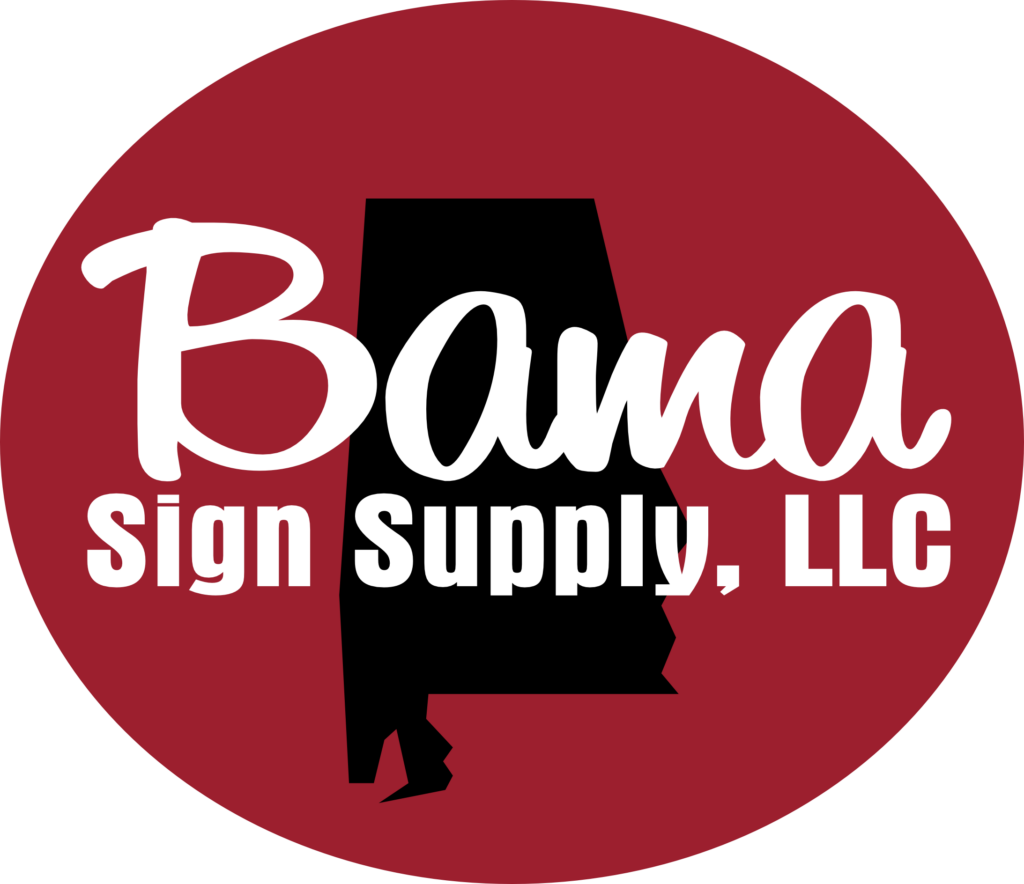Title: Selecting the Right Substrates for High-Quality, Professional Signs
When it comes to creating high-quality, professional signs, selecting the right substrates is essential. The substrate, or the material onto which the sign is printed or mounted, plays a crucial role in the overall look, durability, and effectiveness of the sign. Choosing the appropriate substrate can make a significant difference in the success of your signage project. In this blog post, we will discuss the importance of selecting the right substrates and provide some tips for choosing the best materials for your professional signs.
1. Consider the Sign’s Purpose and Environment:
Before selecting a substrate for your professional sign, it’s important to consider the sign’s purpose and the environment in which it will be displayed. For outdoor signs, weather resistance and durability are crucial factors to consider. On the other hand, indoor signs may require different characteristics such as smooth surfaces for vibrant graphics or lightweight materials for easy installation.
2. Evaluate Durability and Longevity:
The durability of the substrate is a critical consideration, especially for outdoor signs that are exposed to harsh weather conditions. Materials such as aluminum, PVC, and acrylic are known for their durability and resistance to fading, cracking, and warping. Consider the expected lifespan of the sign and choose a substrate that can withstand the elements and maintain its quality over time.
3. Focus on Print Quality:
For professional signs with vibrant graphics and high-resolution images, the substrate’s printability is essential. Materials such as foam board, Gatorboard, and Dibond offer smooth surfaces that can enhance the print quality of the sign. Selecting a substrate that allows for crisp, clear printing will ensure that your sign looks professional and visually appealing.
4. Weight and Installation:
The weight of the substrate can impact the ease of installation and transportation of the sign. Lightweight materials such as foam board and coroplast are ideal for temporary or portable signs, while heavier materials like metal or wood may be more suitable for permanent installations. Consider the installation method and location when choosing the substrate to ensure a seamless and secure mounting process.
5. Environmental Considerations:
In today’s environmentally conscious world, choosing eco-friendly substrates can be a significant factor in the decision-making process. Recyclable materials such as cardboard, bamboo, or recycled plastics offer sustainable options for professional signs while minimizing environmental impact.
In conclusion, selecting the right substrates for high-quality, professional signs requires careful consideration of the sign’s purpose, durability, print quality, weight, and environmental impact. By choosing the appropriate materials, you can ensure that your signs convey a professional image, withstand the elements, and effectively communicate your message to your audience. Whether you are creating outdoor signage for a business or indoor displays for an event, investing in the right substrates will contribute to the success and longevity of your signage projects.
